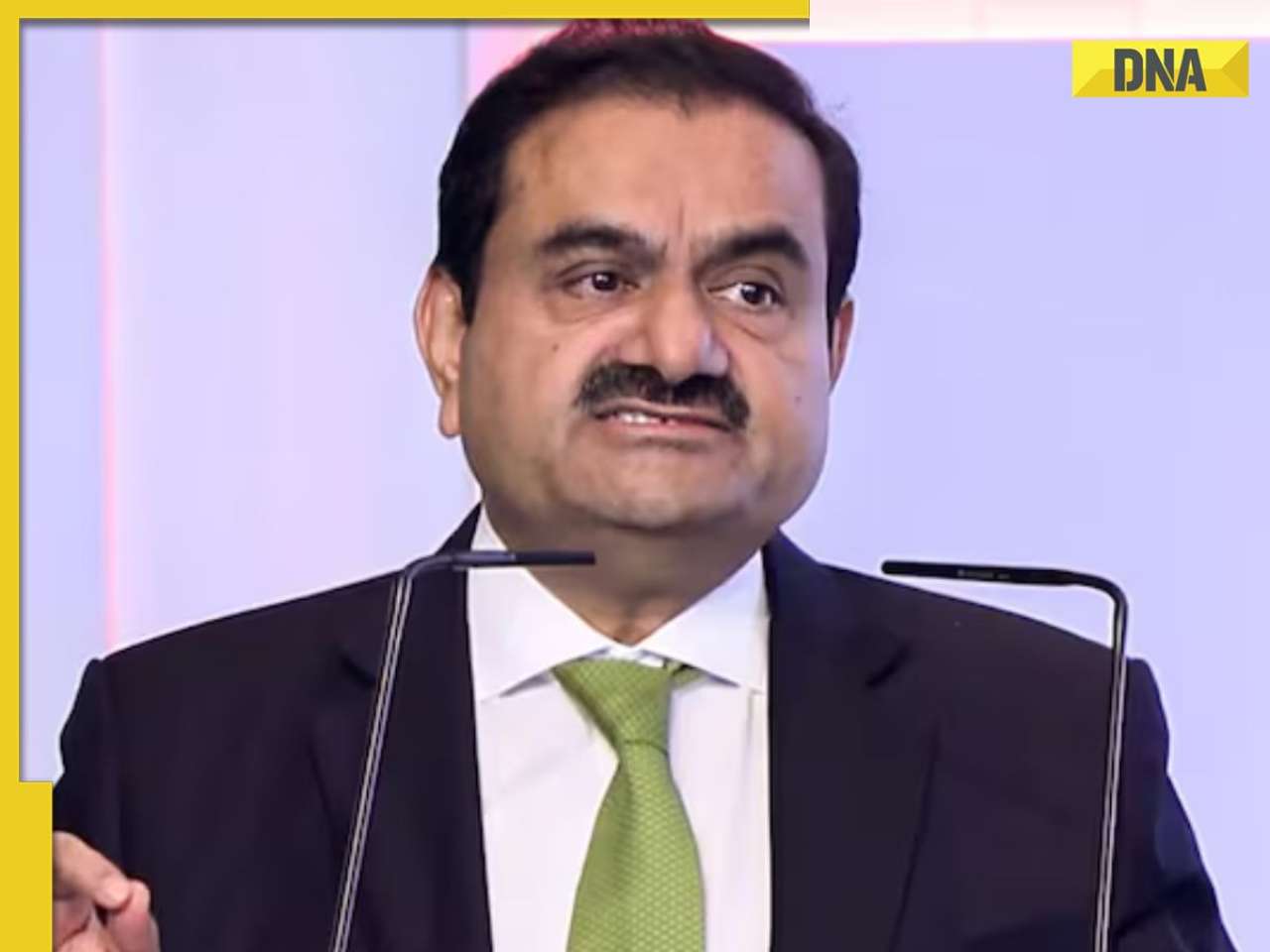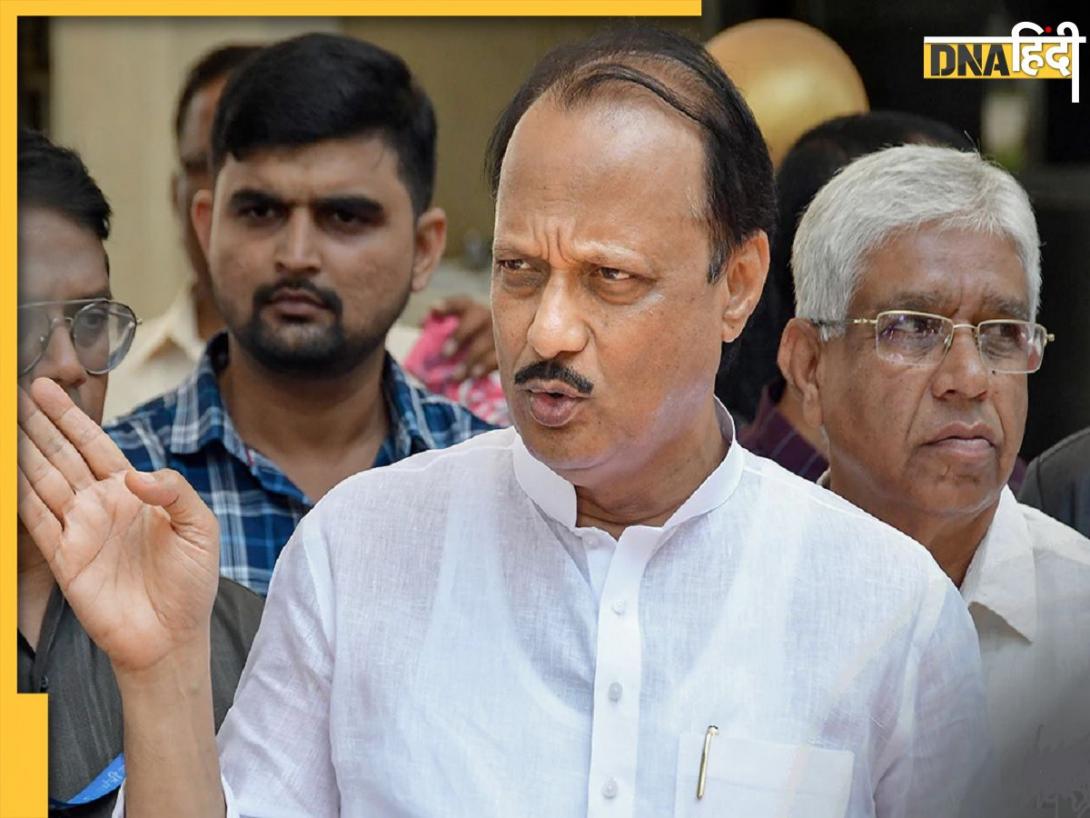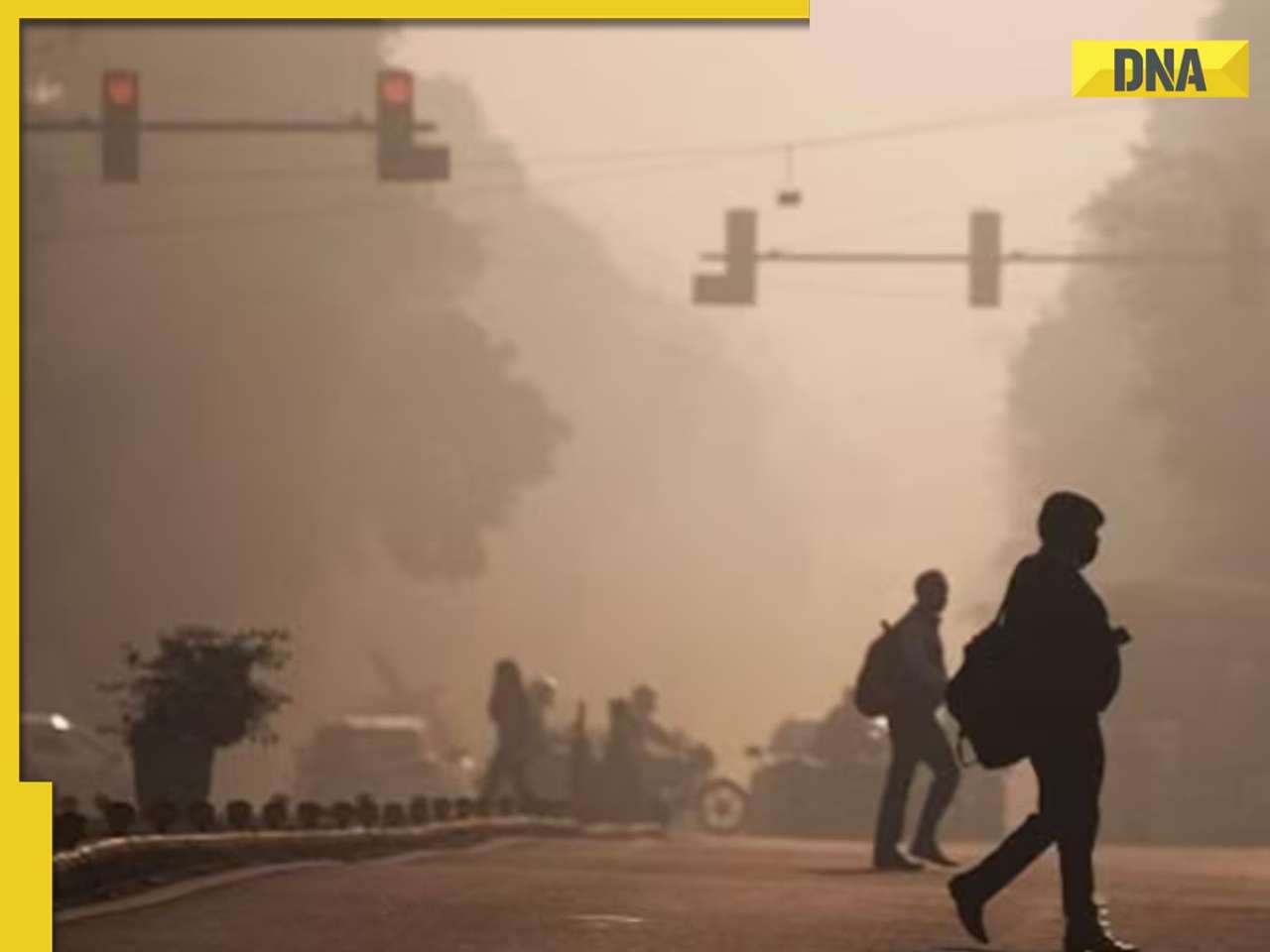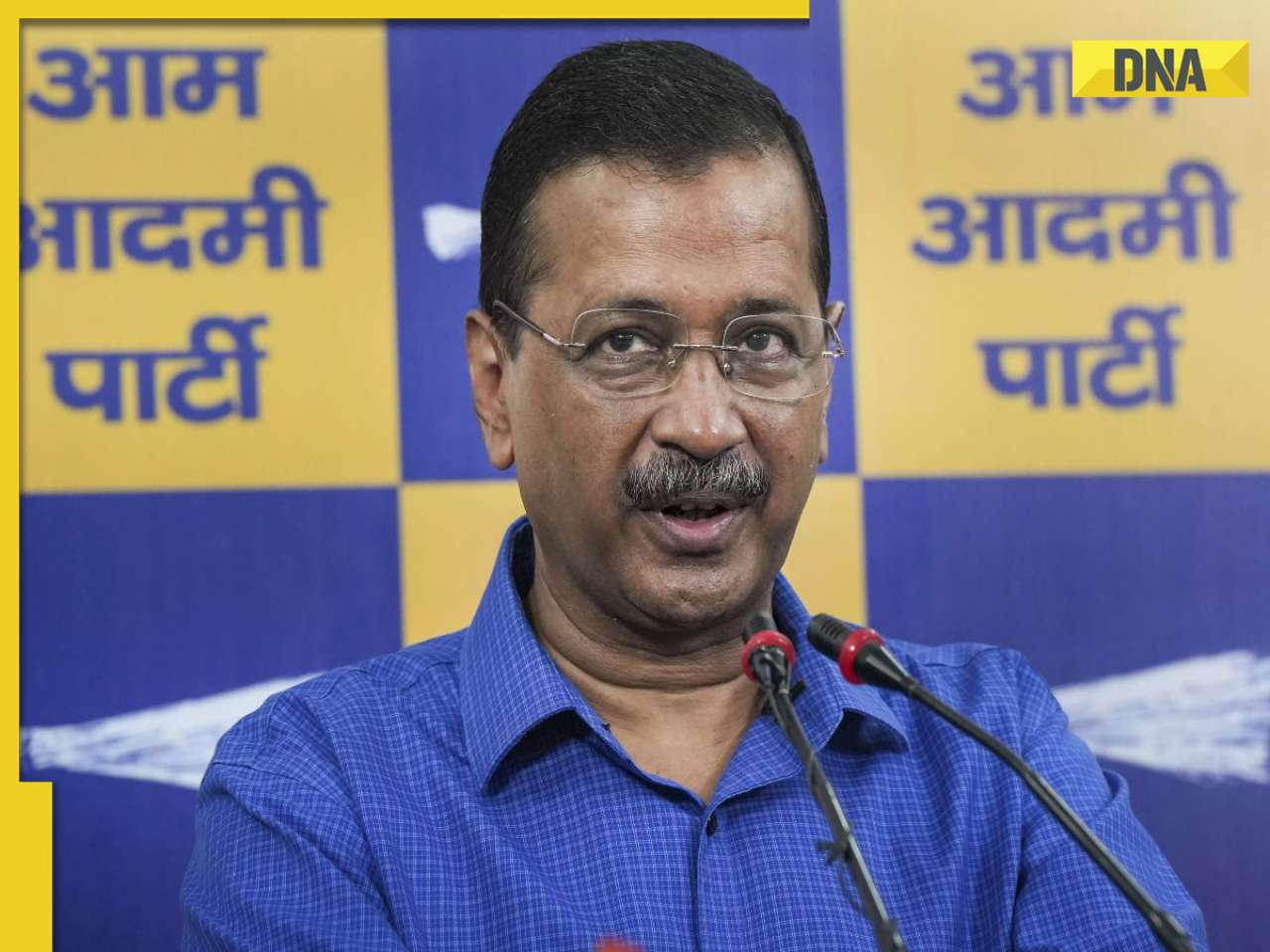- LATEST
- WEBSTORY
- TRENDING
HEALTH
WHO issues warning about Chandipura virus: What you need to know
The WHO emphasized the need for enhanced surveillance in high-risk areas, particularly among children under 15 years old, who are most vulnerable to the virus.
TRENDING NOW
The World Health Organization (WHO) has raised an alarm over the largest outbreak of the Chandipura virus (CHPV) in India in 20 years. Between early June and August 15, the Ministry of Health reported 245 cases of Acute Encephalitis Syndrome (AES), including 82 deaths, with a case fatality rate of 33%. The outbreak has affected 43 districts across India, with 64 cases confirmed to be caused by the Chandipura virus.
CHPV is endemic in India, with outbreaks occurring regularly, particularly during the monsoon season in western, central, and southern parts of the country. The virus, a member of the Rhabdoviridae family, is primarily transmitted by vectors such as sandflies, mosquitoes, and ticks. The infection is highly lethal, with a case fatality rate ranging from 56% to 75%. Unfortunately, there is no specific treatment or vaccine available for CHPV. Early access to care and intensive supportive treatment can improve survival rates.
The WHO emphasized the need for enhanced surveillance in high-risk areas, particularly among children under 15 years old, who are most vulnerable to the virus. The organization also stressed the importance of laboratory diagnostic capabilities, including timely collection and testing of serum and cerebrospinal fluid samples.
A decline in new AES cases has been observed since July 19, but the risk of further transmission remains as the monsoon season continues to provide favorable conditions for vector populations. The WHO urged vector control and protection against sandfly, mosquito, and tick bites to prevent the spread of CHPV.
The Indian government has responded by deploying a National Joint Outbreak Response Team (NJORT) to Gujarat, where the outbreak is concentrated. Efforts include comprehensive insecticidal spraying and fumigation, as well as public awareness campaigns about the virus and preventive measures. Additionally, the Gujarat Biotechnology Research Centre (GBRC) is actively investigating other viruses causing encephalitis and closely monitoring the situation.
Key symptoms of CHPV include sudden fever, vomiting, altered mental status, seizures, and meningeal irritation. Early diagnosis and supportive care are crucial for managing the infection.







)
)
)
)
)
)
)
)
)
)
)
)
)
)
)
)


























































